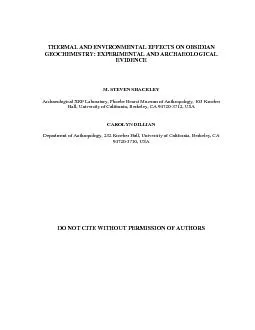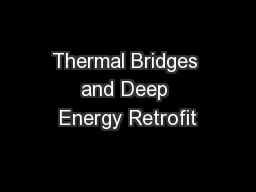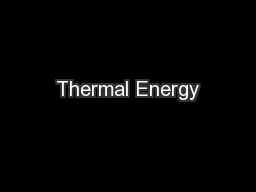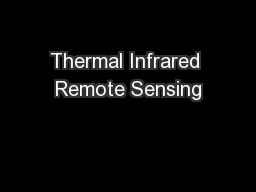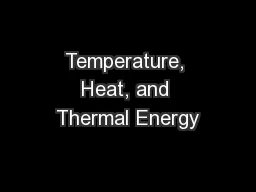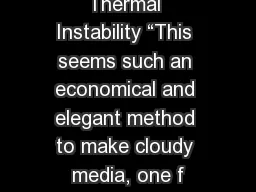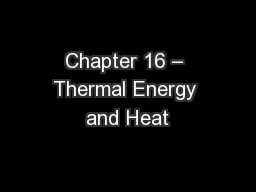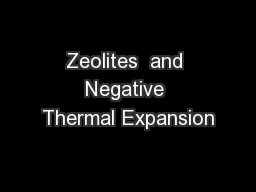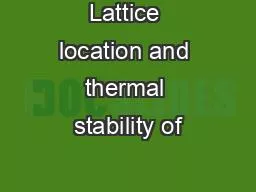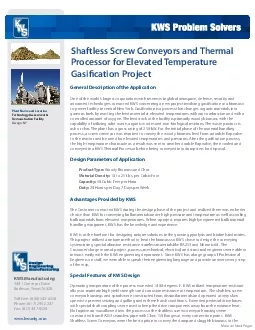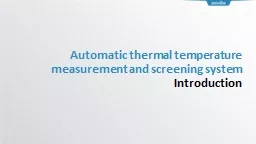PDF-THERMAL AND ENVIRONMENTAL EFFECTS ON OBSIDIANGEOCHEMISTRY: EXPERIMENTA
Author : lois-ondreau | Published Date : 2015-09-13
ABSTRACTRecent EDXRF compositional studies of thermally altered archaeological obsidian from anumber of late period sites in New Mexico and Arizona suggested that
Presentation Embed Code
Download Presentation
Download Presentation The PPT/PDF document "THERMAL AND ENVIRONMENTAL EFFECTS ON OBS..." is the property of its rightful owner. Permission is granted to download and print the materials on this website for personal, non-commercial use only, and to display it on your personal computer provided you do not modify the materials and that you retain all copyright notices contained in the materials. By downloading content from our website, you accept the terms of this agreement.
THERMAL AND ENVIRONMENTAL EFFECTS ON OBSIDIANGEOCHEMISTRY: EXPERIMENTA: Transcript
Download Rules Of Document
"THERMAL AND ENVIRONMENTAL EFFECTS ON OBSIDIANGEOCHEMISTRY: EXPERIMENTA"The content belongs to its owner. You may download and print it for personal use, without modification, and keep all copyright notices. By downloading, you agree to these terms.
Related Documents

